Website NTNU SmallSatellite Lab
Several projects available from the HYPSO-project at the Small Satellite Lab
The HYPSO small satellite mission will observe oceanographic phenomena by using a small satellite with a hyperspectral camera onboard. Motivations for employing this approach include: Oceanographic phenomena are of great interest to understand more about the effects of climate change and human impact on the world. Since traditional Earth-Observation satellites are very expensive and take several years to develop and launch, we want to exploit new-space opertunities and develop dedicated small satellites that can be used to provide high spatial resolution within a small field of view to areas of interest with short revisit times.
The information from these images can be downloaded and communicated to unmanned aerial and underwater vehicles which can then investigate the areas of interest further using the data from the small satellite.
HYPSO-1 is set to launch in December 2021, so participating in these topics may be a wonderful chance to become hands-on with real satellites, real data and real operations.
Please see full description here: https://www.ntnu.edu/ie/smallsat/project-and-master-assignments-2021. If you do not find exactly what you want to in the published list, please contact us!
Note: All these projects can be extended to enable working on the same topic for the masters’ thesis
Come be part of our team, no prior satellite experience needed!
The topics are well fitted for students from IES and ITK. If you are from another department, please contact us and we can investigate possiblities.
Overview of possible topics:
- Development and testing of HYPSO-2 satellite Hyper-spectral-imager (HSI) payload
- Development of embedded hardware for HYPSO-2 (embedded Linux and UltraZed system-on-module)
- Embedded system development and testing
- Payload hardware in the loop testing of satellite operations
- Hardware in the Loop testing of a Software Defined Radio
- Explore new architectures for on-board image processing pipelines
- An FPGA implementation of CNN classification for HSIimages
- Using HSI data, and payload operations
- Finding algae in remote sensing data
- Georeferencing aided by a multispectral camera
- Datacube distribution system (to end users)
- Image registration aided by a multispectral camera
- Analysis and Development of GIS applications for Ocean Color
- Modelling of multi-agent operations
- Operation of the HYPSO satellites
- Developement of satellite operational procedures
- Development of user interface for satellite operators
- Instrumentation and payload development
- Automatic hyperspectral imager point spread function characterization
- Spectrometer for real-time hyperspectral exposure adjustment and calibration
- Add RGB camera to hyperspectral payload
- Optical and computational sensitivity of hyperspectral camera
- Software defined radio and communication-related topics
- Error correcting coding for Small Satellite Tracking, Telemetry and Command (TTC)
- Satellite communication for Arctic Internet of Things (AIoT) using a Software Defined Radio (SDR)
- Software Defined Radio software integration for HYPSO-2 satellite
- FPGA implementation of interference measurement software for HYPSO-2 satellite
- Uplink interference and downlink channel measurement software for HYPSO-2 satellite.
- Design and implement an antenna for Arctic sensor nodes
To apply for this job email your details to roger.birkeland@ntnu.no
